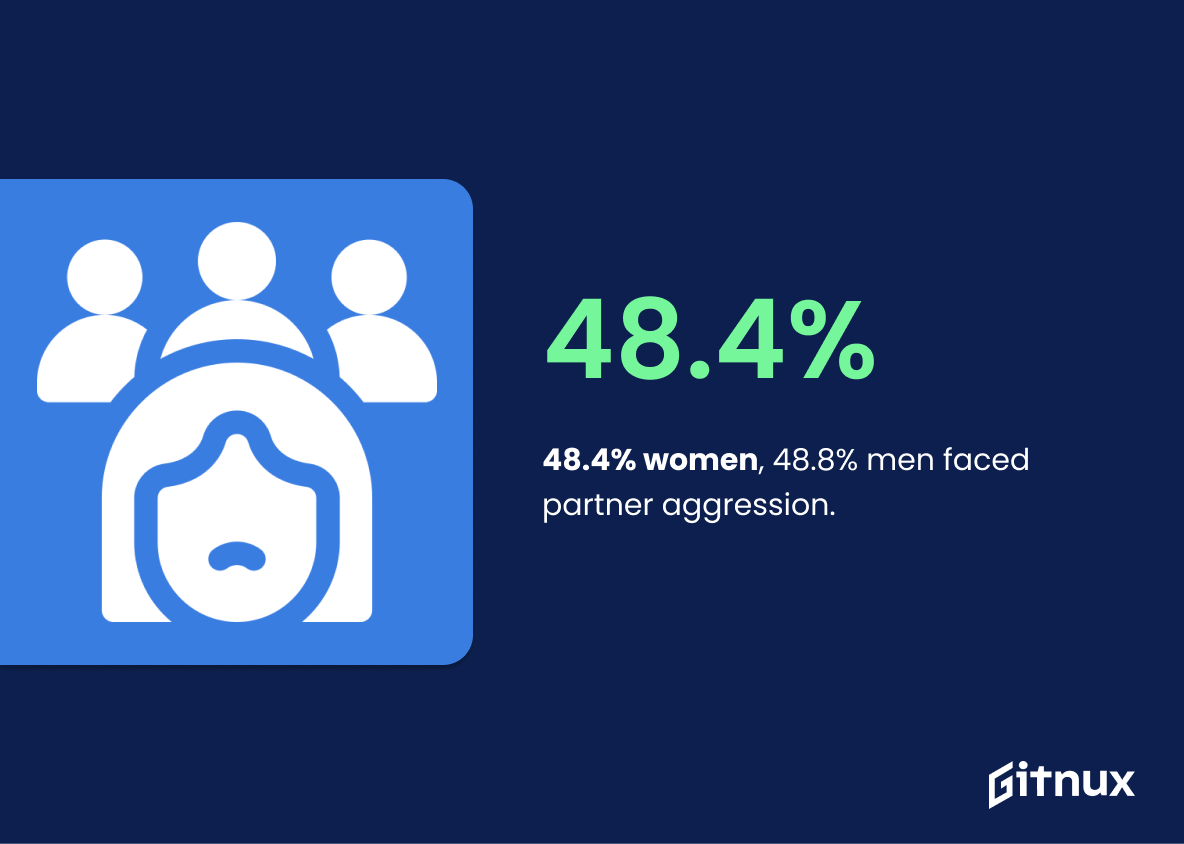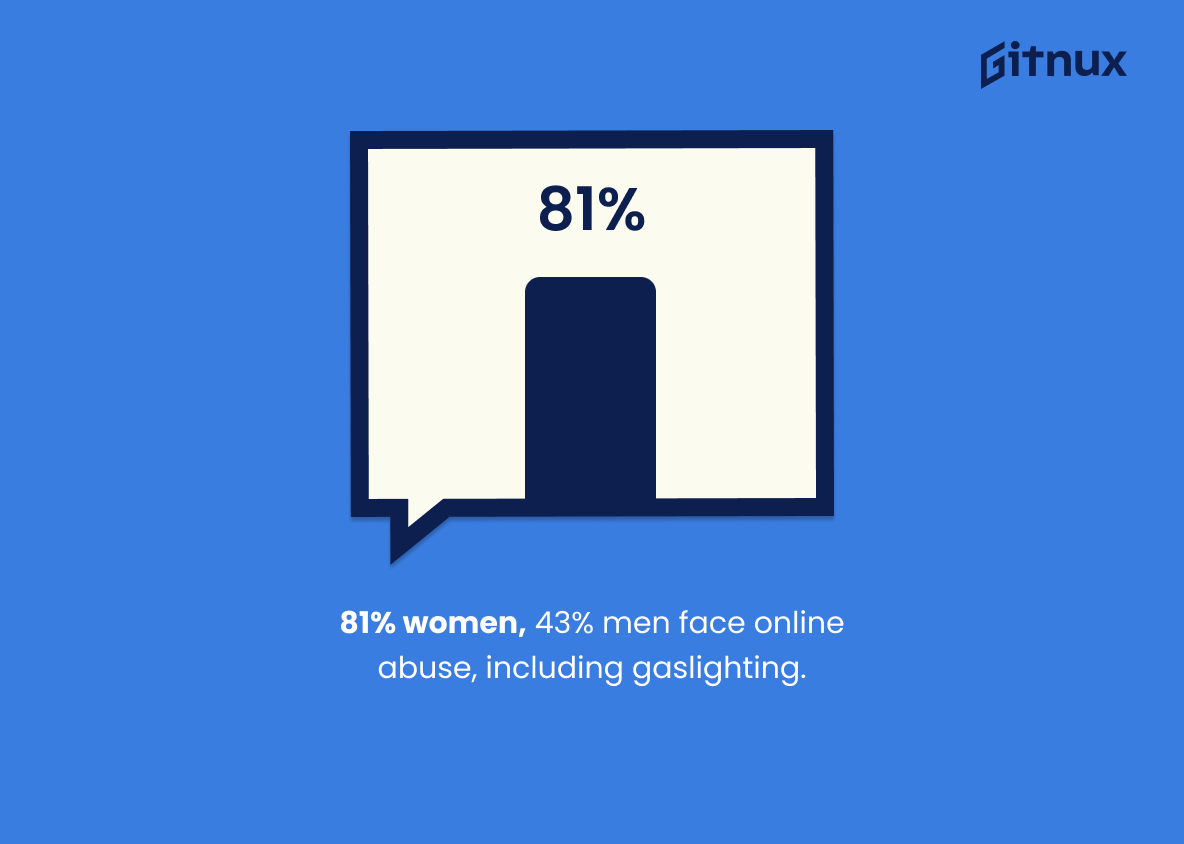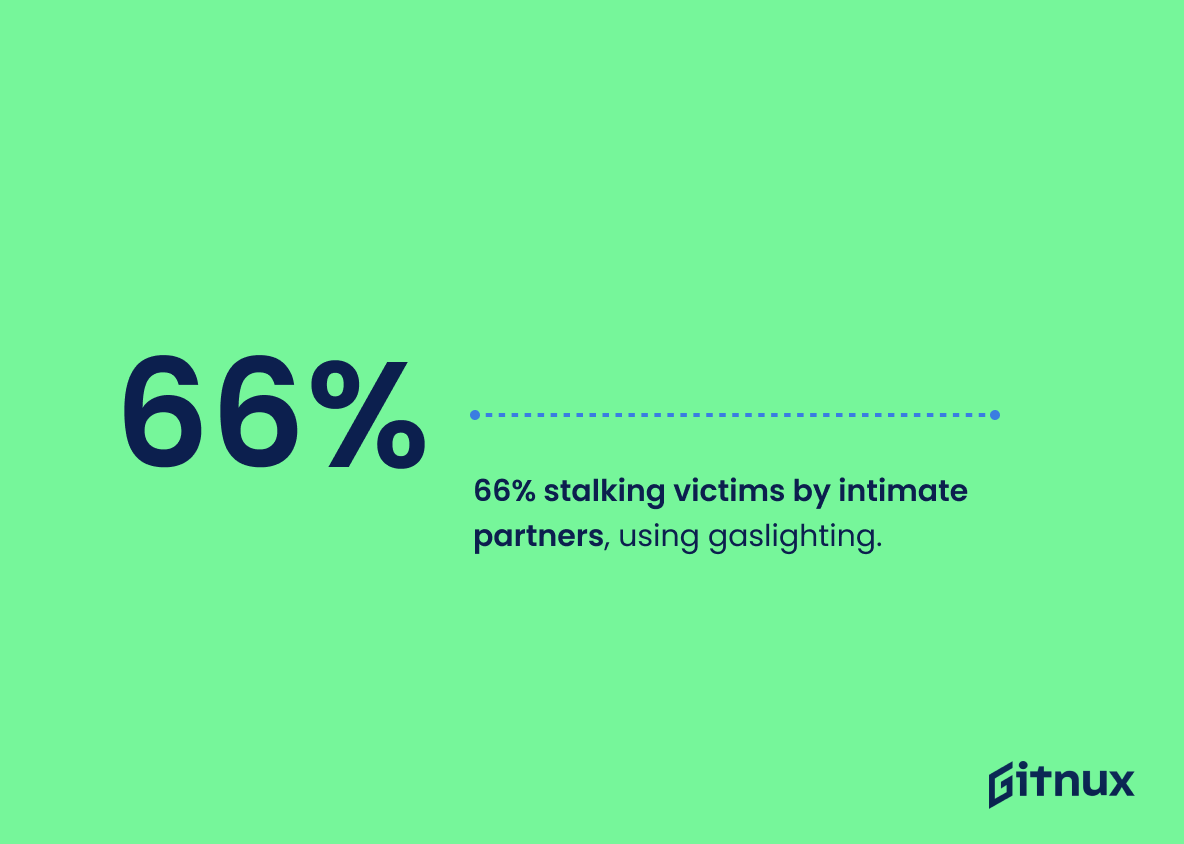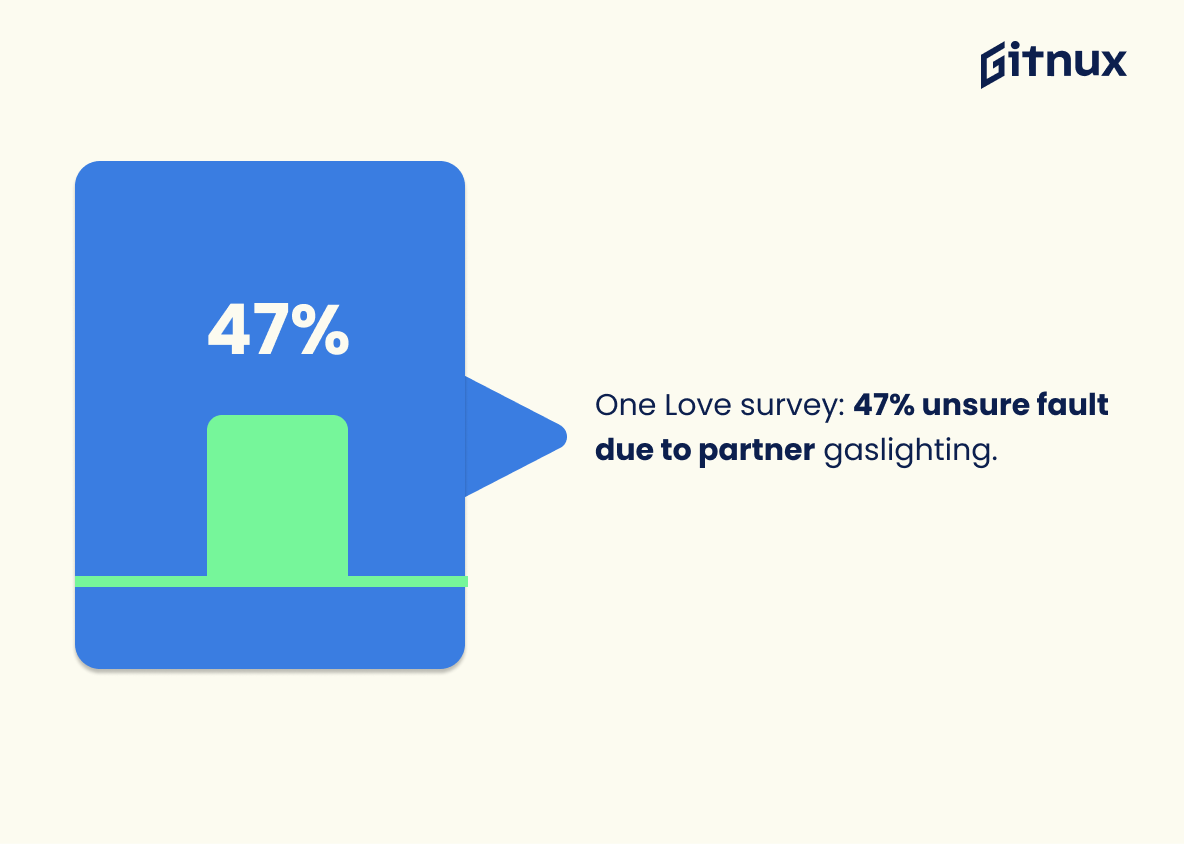The intricacies of human interaction can sometimes harbor unseen manipulations that can drastically affect one’s mental well-being. Probably one of the most incognito of these psychological tactics is gaslighting. This manipulation strategy, often used by narcissistic individuals, can erode and distort a person’s reality over time. The unnerving prevalence and impact of gaslighting are captured through various studies, which we aim to unravel in this blog post. With key insights derived from relevant gaslighting statistics, we endeavor to shed light on the severity of this issue, and foster a broader understanding of its psychological implications. As we delve into numbers and facts, we aim not only to inform but also to equip readers with the knowledge to identify and understand gaslighting when it occurs, aiming for enhanced mental health and wellbeing for all.
The Latest Gaslighting Statistics Unveiled
Around 48.4% of women and 48.8% of men have experienced at least one psychologically aggressive behavior by an intimate partner.
Peeling back the layers of gaslighting, this startling statistic adds to a compelling narrative that emphasises the pervasive nature of this abusive behavior. Reflecting near parity between genders, the figure illuminates a dark reality: the ubiquity of psychological aggression in intimate relationships. Drawing your attention to the nuance, you see not only women but also a similar proportion of men haunted by such experiences. In the labyrinth of gaslighting statistics, this piece of datum stands as a silent testament to a widely spread malady, underscoring the necessity for comprehensive measures to educate and prevent such actions. It dramatically underscores the urgency for dialogue and awareness, as well as the importance of providing help for those who may be entangled in the intricate web of such psychological manipulation.
Approximately 81% of women and 43% of men reported experiencing some form of harassment, stalking, or online abuse. Gaslighting can also occur within this context.
Positioned at the intersection of the digital age and the rising awareness of emotional exploitation, such as gaslighting, the statistic sheds a haunting light on our society’s struggles. With the veracity of nearly 81% of women and 43% of men disclosing experiences of harassment, stalking, or online abuse, the alarm bells are deafening. With gaslighting subtly woven into this reality, one can infer how its implications seep and dissolve into the fabric of these experiences, often unnoticed. This statistic thus serves as a stark mirror to our collective vulnerability, while demanding an urgent discourse on gaslighting that can no longer be shrugged away.
National study reports that 66% of all victims of stalking were stalked by a current or former intimate partner. Within this, gaslighting can be a tactic used by the stalker.
In the realm of gaslighting statistics illuminated in this blog post, one cannot overlook the compelling findings of a national study. It brings into sharp focus a figure that casts a wide net of implications – a striking 66% of all stalking victims were, in fact, haunted by a current or former intimate partner. The intimate fabric of these relationships often serves as fertile ground for tactics like gaslighting. In other words, the often invisible, yet damaging webs spun by gaslighting are more likely to be woven within the intricate loom of close personal relationships. As such, readers are encouraged to view the prevalence of gaslighting in a disturbingly intimate light, underlining the urgent need for awareness, understanding, and prevention strategies.
In a survey by One Love, 47% of all respondents had been confused if they were really at fault by their partners, which is a common gaslighting tactic.
The revelation that nearly half of the participants in a One Love survey experienced confusion about their culpability, a well-known strategy in gaslighting, sends a powerful message. It illustrates the prevalence and pervasiveness of this insidious manipulation. Such statistics make it impossible to dismiss gaslighting as a rare occurrence. Rather, it shines a spotlight on the dire need for education and awareness in relationships. Furthermore, it underscores the critical importance of equipping individuals with tools for identification and coping mechanisms concerning gaslighting—essentially emphasizing the importance of taking meaningful steps toward the prevention and early detection of such emotional abuse.
Conclusion
In summary, gaslighting is not merely a buzzword, but an emotional manipulation tactic with alarming prevalence globally. The statistics outlined in this article highlight the sheer magnitude of this problem, persisting across various aspects of society. These figures’ gravity should motivate everyone to initiate conversations, work towards prevention strategies, and foster supportive environments for victims. Understanding and acknowledging gaslighting and its statistics are the first steps towards combating this widespread issue. As a collective, we must take these numbers not just as faceless digits but as a harsh reality many individuals face daily. Let’s pledge to raise awareness, educate others, and ultimately, put an end to gaslighting.
References
0. – https://www.www.bjs.gov
1. – https://www.www.joinonelove.org
2. – https://www.www.cdc.gov
3. – https://www.www.cybercivilrights.org




